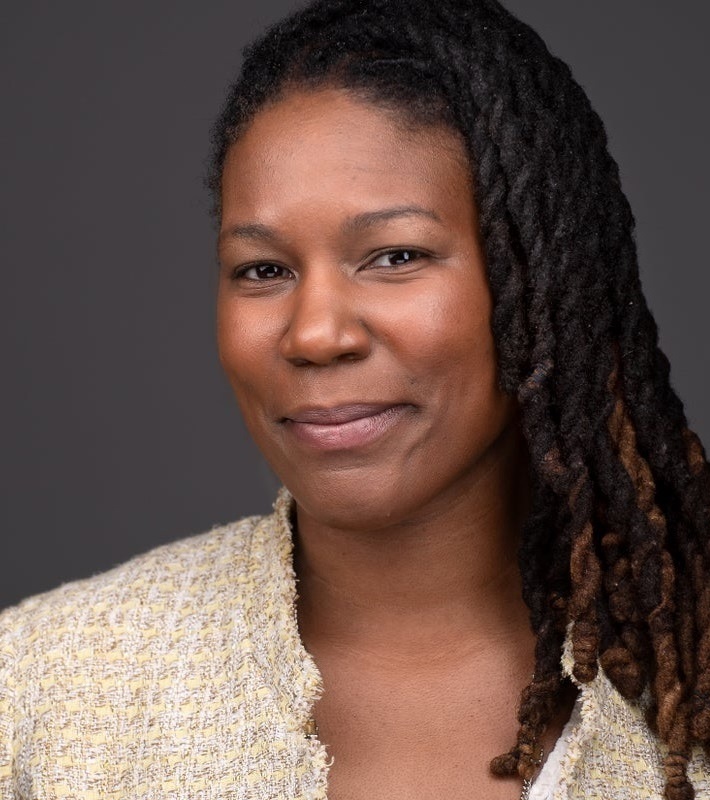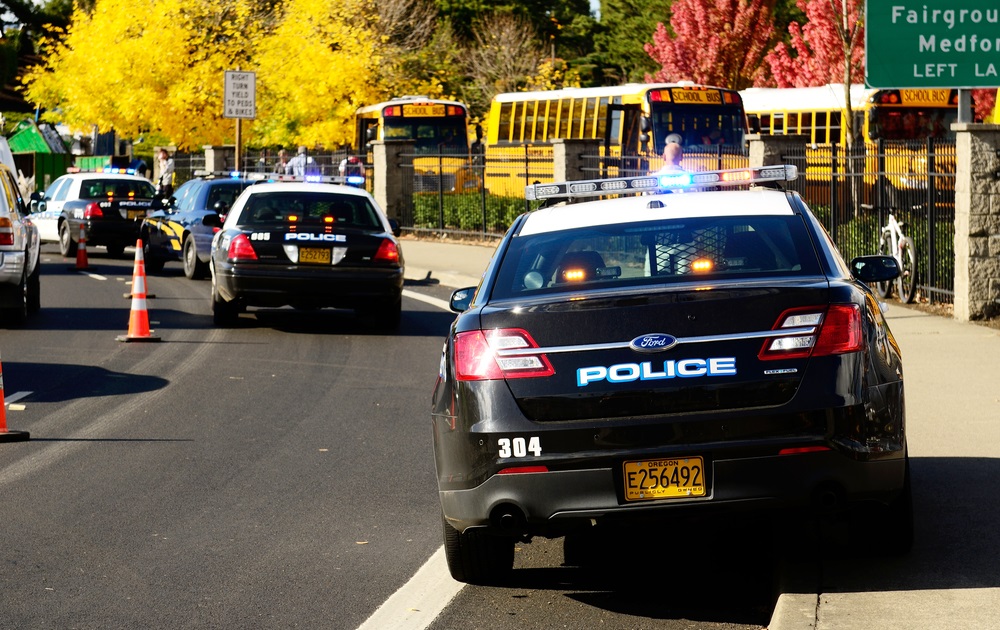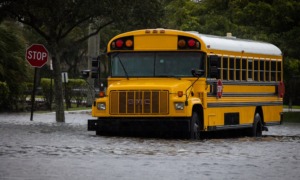While some families and communities have considered their schools second homes or safe havens, the reality is no community is immune to school violence.
Now more than ever, it is time to examine our school-community relationships to pursue transformative change. We know that access to social-emotional learning, mental health professionals and supports, and evidence-based violence prevention programming work.
But who can students and families trust and rely on to help them navigate these challenging times?

Courtesy of Sandy Hook Promise
Crystal Garrant
As a national youth development advocate and leader, I know that consistent, trusting relationships is a critical protective factor in a young person’s life. I have seen first-hand the passion and resilience that school resource officers, or local police officers assigned to work at particular schools, have shown in the wake of countless tragedies. School resource officers can be strong partners in the work to reduce school violence in many communities. However, a school resource officer should have the training, responsibility and capacity to serve as a trustworthy role model and a go-to support person for any student in need.
In many communities police violence is a daily threat. Because school resource officers are often connected with or employed by local law enforcement agencies, they can be perceived as another potential source of police violence.
For Black and Hispanic students, an officer may be feared, instead of trusted, due to the disproportionate criminalization of these communities by some police. The work to end school shootings and youth violence cannot succeed if we do not also create real, effective reforms at all levels of government to end systemic racial injustice.
As school communities consider the role of school resource officers, these four conditions must be in place to ensure we do what’s best for young people:
1. Commitment to addressing racial disparities
All stakeholders must be committed to support schools’ earnest effort to acknowledge and address racial disparities. Students thrive when they have adults in their lives they can trust and rely upon. And if we want students to thrive, we must set expectations for trusted adults to create the conditions for thriving.
2. Training in restorative justice principles
Related stories
• What happened after Minneapolis removed police officers from schools
• School gun case sparks debate over safety and second chances
• Amid nationwide debate about police in schools, a few districts recently disbanded those units
Disproportionately impacted young people — youth who are impacted, individually and generationally, by structural inequity due to race, ethnicity or social-economic status — face a higher risk of being victimized by violence in school, by peers, staff or law enforcement officers. Regardless of economic factors, gender, race, ethnicity, mental health conditions or sexual orientation, everyone has the right to be and feel safe in school. Everyone who has a presence in schools, including school resource officers and other law enforcement, must be trained to work with adolescents and operate under principles of equity and restorative justice, anchored in positive youth development. There needs to be clear consequences for failure to do so.
3. No involvement of school resource officers in classroom management
School resource officers and other law enforcement officers should never be involved in standard disciplinary or classroom management issues. Involving officers in those issues only strengthens the dangerous perception of policing in schools and weakens school resource officers’ ability to form healthy adult-student relationships. Instead, when students exhibit concerning behaviors that warrant disciplinary action, interventions by school administration should prioritize what is developmentally and contextually appropriate for an individual student.
4. Listen to people of color
Most importantly, we need an unwavering commitment to listen to the voices of parents, caregivers and students of color, especially in predominantly white communities. We must ensure that everyone has a seat at the table discussing the roles and responsibilities of school resource officers in their schools — especially the students they are there to support and serve.
When everyone is working towards students’ best interest despite differences in race, ethnicity, socioeconomic status and ability, school resource officers can consistently support a student’s connection to school and community, despite challenges that may arise at home or as the result of a stressful life event. These officers can also be a large part of school response efforts when intervention is required and can connect students to additional support systems in their communities like churches, rec centers, social services, and more.
While it is up to each school and district to determine its school safety plan, we should all be prioritizing students’ mental health and safety. The choice to include school resource officers in a school’s safety plan comes with the responsibility to minimize any potential harm or negative impact to students, particularly those from historically marginalized communities. With proper training, an expectation for positive youth development and a commitment to inclusion, equity and trustworthy connection, school resource officers can play a beneficial role in our children’s support systems.
We must continue to engage in this conversation, understand the historical context and examine a range of perspectives. At the most basic level, we must do what is right by students and the communities they represent.
***
National youth development and nonprofit leader Crystal Garrant is the chief program officer (CPO) for Sandy Hook Promise.
































